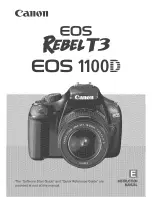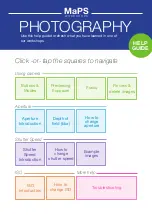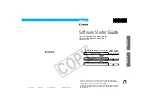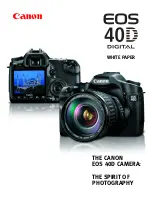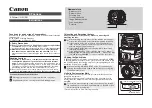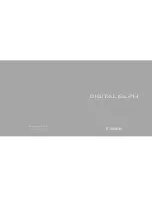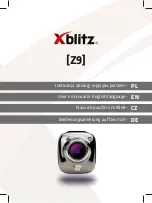
Yashica Twin Lens Reflex Guide - Focal Press January 1964
Page 44 / 55
Scans and Document copyright by Mischa Koning - www.3106.net
This document or parts thereof may not be sold and / or resold in either print form or
electronically without prior written consent from Mischa Koning
There are two ways in which you can keep the exposure time reasonably short. The sitter may either be placed to one side
of the window, with a reflector to lighten the shadows, while the camera is pointed towards him from the other side of the
window, or he may sit facing the window, in which case no reflector is needed. The camera may then be placed either in
front or to one side of the window.
If two windows are available in one wall, the sitter should be placed between them so that both front and back fighting is
given; a reflector should be used to lighten the shadow side and the camera can be used either parallel with the windows or
pointing slightly away from them into the room. If the windows are at an angle to each other the sitter should be placed in
the corner between them and looking into the room. The reflector is placed facing the corner, while the camera can be put
between a window and a reflector. Use a fast film for preference, to keep exposures reasonably short.
Artificial Light Portraits
A good background is supplied by a self-coloured wall, a piece of light or dark cloth stretched taut or simply the frame of
an open door leading into an unlighted room. The sitter should be about 3 ft. away from the background.
The exposure time will be fairly short, particularly when two lamps are used, so one can straddle a chair and support the
camera on the chair back. If one lamp only is available a reflector must be used to lighten the shadows. The position will
be the same as for daylight indoors, the lamp being substituted for the window.
When two lamps are employed, one should be used as a main light source while the other one, farther away, should lighten
the shadows. Different lamp positions can give different effects. Do not be afraid, therefore, of moving your lights, or the
subject of the camera.
Flash Portraits
Bounced flash is a useful technique. It avoids the unpleasant hard shadows You would have to accept with the flash
pointed straight at the subject. All you have to do is direct the flash -upwards to the white or light coloured ceiling; the
reflected light is soft and diffused, resulting in an almost shadowless picture.
To determine the correct aperture for bounce flash, use (in place of the direct flash to subject distance) the distance from
flash to ceiling plus ceiling to subject. Then set the lens to one stop larger to compensate for the loss of light on reflection
from the ceiling.
Children
Assuming that the Yashica user is not fond of posed and sentimentally arranged pictures of children (which after all do not
require a technique different from that applied to legitimate portraits), he will have to work inconspicuously. Divert the
child's attention by letting him play his games while you play with the camera. Set the lens to a suitable distance and
watch until you are sure that the camera does not attract attention. Then shoot quickly. In this way you get not only life-
like child studies but also some of the natural surroundings. Avoid looking down at children with the camera-it means
dwarfing them in a ludicrously unflattering mariner. Low angles are strongly recommended and are quite easily obtained
with the reflex camera.
Sports
As actions worth recording happen, as a rule without warning, you must be ready for them. It is here that knowledge of the
game will help. The first problem is to find a Suitable zone of focus which covers the most likely field of action without
having to stop down more than is absolutely essential. A small stop necessitates a relatively long exposure time, while on
the other hand, short shutter speeds are needed to arrest movement.
Use the frame finder whenever you try to follow the action and keep the other eye open to watch for figures moving in to
the picture area.
It goes without saying that fast film is the best safeguard against under-exposure if the weather is not particularly bright;
on the other hand, if a fast lens or good lighting conditions are available the medium speed film, on account of its finer
grain, will give a better chance of getting sectional enlargements.



























